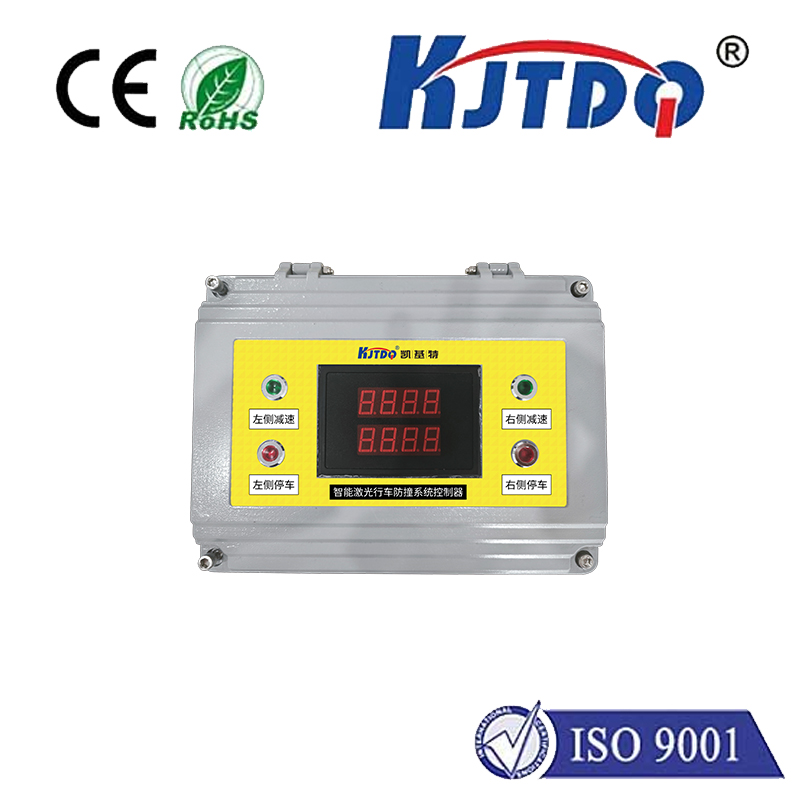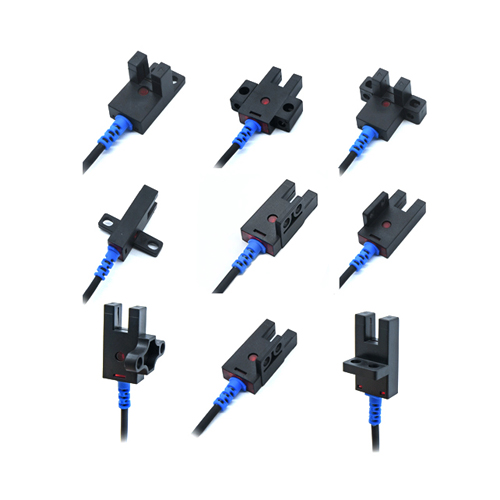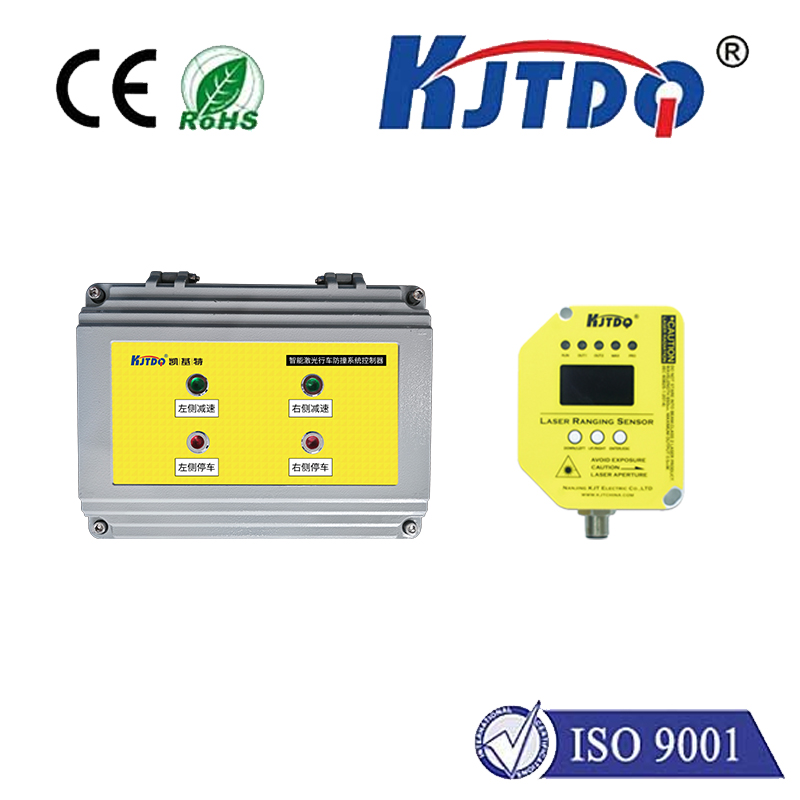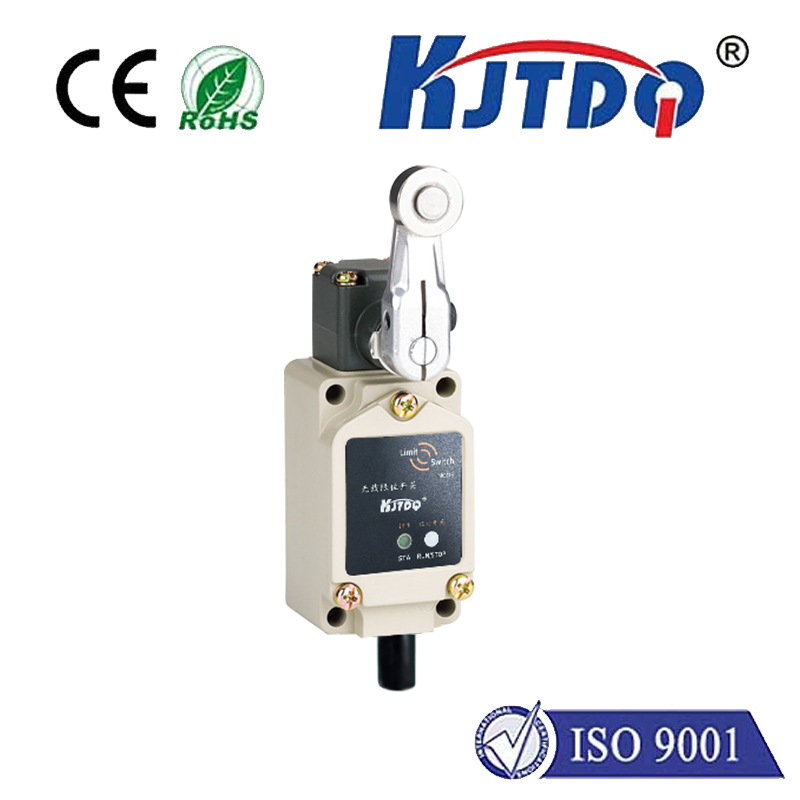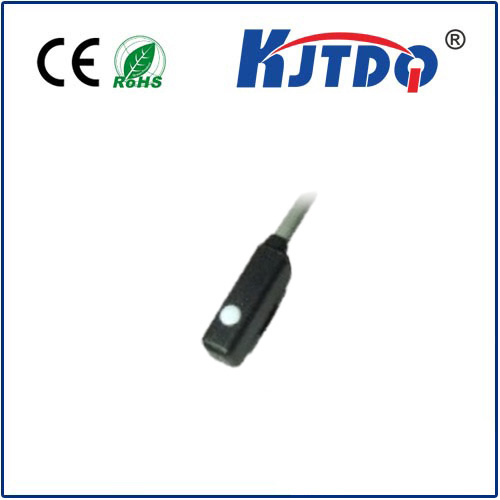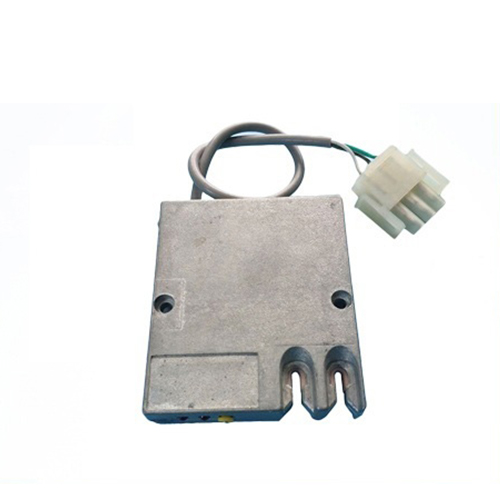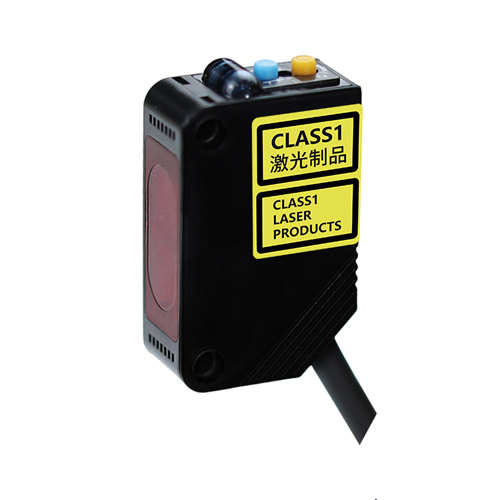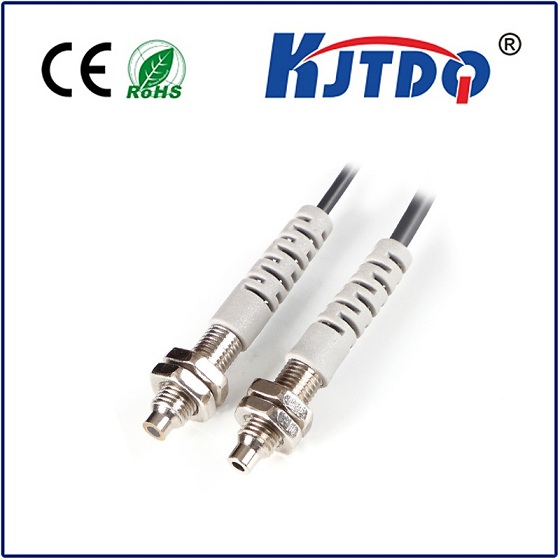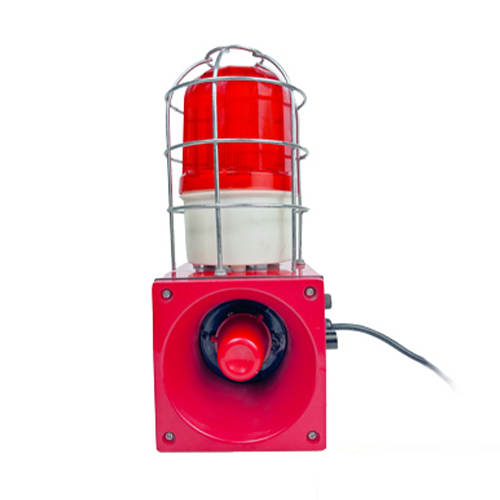pressure sensor manufacturers
- time:2025-08-22 04:42:11
- Click:0
Global Pressure Sensor Manufacturers: Innovations Shaping Modern Industries
Have you ever considered the invisible forces ensuring your car brakes respond instantly, your smartphone screen senses touch, or medical equipment monitors life-saving vitals? The silent heroes enabling this technological precision are pressure sensors, and the pressure sensor manufacturers behind them are driving an indispensable revolution across global industries.
The journey from niche component to ubiquitous technology has been profound. Early pressure sensing relied on bulky, mechanical solutions with limited applications. Today, the landscape is defined by sophisticated, miniature, intelligent devices, a transformation fueled by relentless innovation from leading pressure sensor manufacturers. Understanding the capabilities, specializations, and trends within this manufacturing ecosystem is crucial for engineers, designers, and procurement specialists navigating this complex market.
Forces Driving Evolution: Why Pressure Sensors Matter More Than Ever
Several key trends amplify the critical role of modern pressure sensors:

- The Rise of Smart Factories & IIoT: Industrial Internet of Things (IIoT) demands real-time process monitoring and control. Pressure sensors provide vital data streams for predictive maintenance, optimized resource usage, and enhanced safety within interconnected manufacturing environments.
- Automotive Revolution: From engine management and emissions control to advanced driver-assistance systems (ADAS), tire pressure monitoring systems (TPMS), and autonomous driving, vehicles incorporate dozens of pressure sensors. Manufacturers must deliver extreme reliability, robustness, and precision.
- Medical Device Breakthroughs: Minimally invasive surgery, patient monitoring (blood pressure, respiratory), drug delivery systems, and diagnostics require highly accurate, biocompatible, and increasingly miniaturized sensors. Leading medical device pressure sensor manufacturers operate within stringent regulatory frameworks.
- Consumer Electronics Integration: Wearables tracking health metrics, altitude sensors in phones, advanced gaming controllers, and smart home systems leverage compact, low-power, cost-effective pressure sensors.
- Energy & Environmental Focus: Monitoring pipelines, optimizing renewable energy systems (wind, hydro), and controlling HVAC systems for energy efficiency rely heavily on robust and often specialized pressure sensing solutions.
Inside the Ecosystem: What Leading Pressure Sensor Manufacturers Deliver
Leading pressure sensor manufacturers differentiate themselves through deep technical expertise across several critical domains:
- Core Sensing Principles Mastery: Expertise in the foundational technologies – Piezoresistive, Capacitive, Resonant, Optical, and Piezoelectric – allows manufacturers to match the optimal principle to the application demands (range, accuracy, media compatibility, cost). Understanding the strengths and limitations of each is paramount.
- MEMS (Micro-Electro-Mechanical Systems) Dominance: MEMS technology is the backbone of modern pressure sensor miniaturization, mass production, and cost-efficiency. Top manufacturers possess advanced MEMS fabrication facilities and deep process knowledge to produce highly consistent, reliable silicon sensing elements.
- Advanced Materials & Packaging: Performance under harsh conditions (high temperature, corrosive media, intense vibration) hinges on specialized materials (e.g., sapphire, specialized alloys) and innovative packaging techniques that protect the delicate silicon die while ensuring accurate signal transmission and media compatibility. Packaging is often the key to reliability in demanding environments.
- Signal Conditioning & Calibration: Raw sensor outputs require sophisticated amplification, temperature compensation, linearization, and digital conversion. Reputable pressure sensor manufacturers integrate high-quality signal conditioning electronics (ASICs) and implement rigorous factory calibration protocols, delivering sensors with specified accuracy (±0.1% to ±1% FSO is common for industrial sensors, medical requires tighter tolerances) and long-term stability.
- Connectivity & Intelligence: Sensors increasingly feature on-board diagnostics, digital outputs (I2C, SPI, CAN bus), wireless capabilities, and compatibility with IoT protocols. Manufacturers integrate this intelligence, transforming basic sensors into smart data acquisition points.
- Customization & System Integration: While standard products form a large volume, leading players excel in developing application-specific pressure sensors and providing robust engineering support for complex system integration challenges, from aerospace hydraulics to deep-sea monitoring.
Navigating the Landscape: Choosing the Right Pressure Sensor Manufacturer
Selecting the optimal partner goes beyond a simple catalog search. Key considerations include:
- Application Expertise: Does the manufacturer have proven success in your specific sector (automotive, medical, industrial automation, etc.)? Understanding the unique environmental and operational stresses is critical.
- Required Specifications: Clearly define needs: Pressure Range (mBar to 1000s Bar), Accuracy and Long-Term Stability, Operating Temperature Range, Media Compatibility (What fluid/gas contacts the sensor?), Output Signal (mV, V, mA, digital), Environmental Protection (IP Rating), Electrical Connections, Size Constraints, and Certifications (ATEX, SIL, ASIL, ISO 13485, FDA).
- Technology Alignment: Ensure the manufacturer’s core technology (MEMS piezoresistive vs. capacitive vs. other) aligns with your performance requirements and environmental constraints.
- Quality, Reliability & Compliance: Investigate quality management systems (ISO 9001 is a baseline), rigorous testing protocols, reliability data (MTBF - Mean Time Between Failures), and adherence to relevant industry-specific safety and performance standards.
- Supply Chain & Manufacturing Capability: Assess stability, vertical integration (especially for MEMS), scalability for your volume needs, and geographic support. Higher volumes often command significant discounts.
- Technical & Commercial Support: Evaluate the availability and depth of pre-sales engineering consultation, post-sales technical support, comprehensive documentation, local representation, and overall responsiveness.
The Future Sensed: Innovation Horizons
The trajectory for pressure sensor manufacturers points towards even greater sophistication:
- Enhanced Intelligence: Sensors with more embedded processing power, self-diagnostic capabilities, and adaptive calibration.
- Miniaturization & Power Efficiency: Continued shrinking for implantable medical devices and ultra-low-power IoT edge sensors enabling longer battery life.
- Wireless & Energy Harvesting: Seamless integration into wireless mesh networks and leveraging ambient energy sources (vibration, thermal gradients) for truly autonomous sensors.
- New Materials & Processes: Exploration of graphene, advanced polymers, and novel MEMS processes for extreme environments or unique sensing modalities.
- AI & Data Fusion: Sensor data becoming part of larger AI-driven analytics platforms, combined with other sensor types (temperature, flow, vibration) for deeper system insights.
The companies designing and building these sophisticated components are far more than component suppliers; they are fundamental enablers of technological progress. Selecting the right pressure sensor manufacturers – partners with the right technology, quality focus, and application understanding – is pivotal for developing systems that are safer, more efficient, more intelligent, and capable of meeting the complex challenges of today and tomorrow. The demand for smarter, smaller, and more robust pressure sensing solutions continues its upward trajectory.












